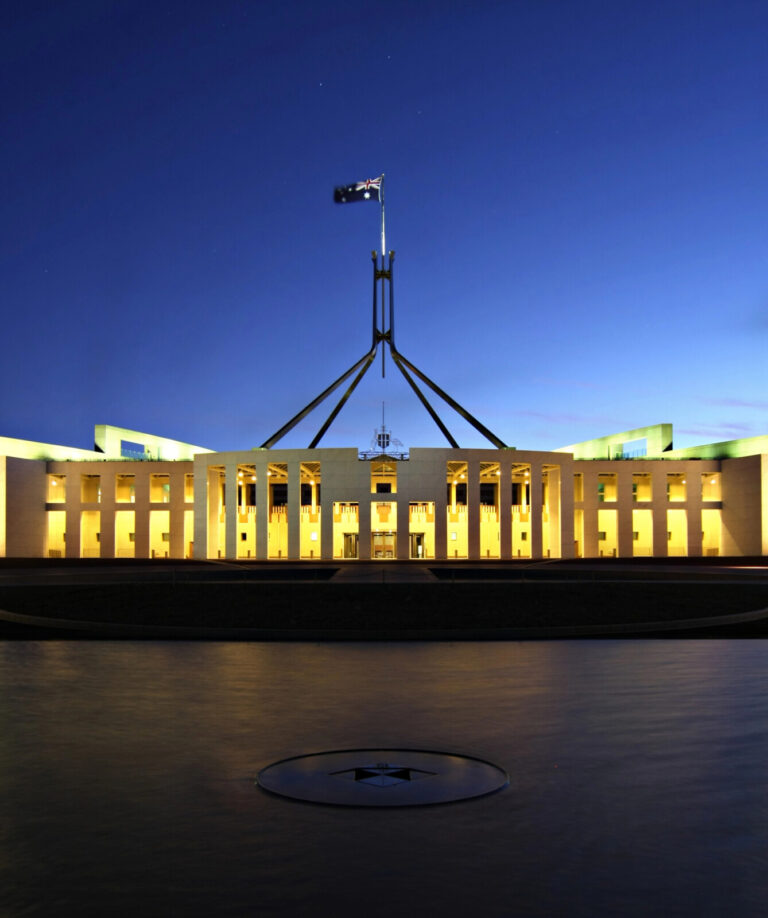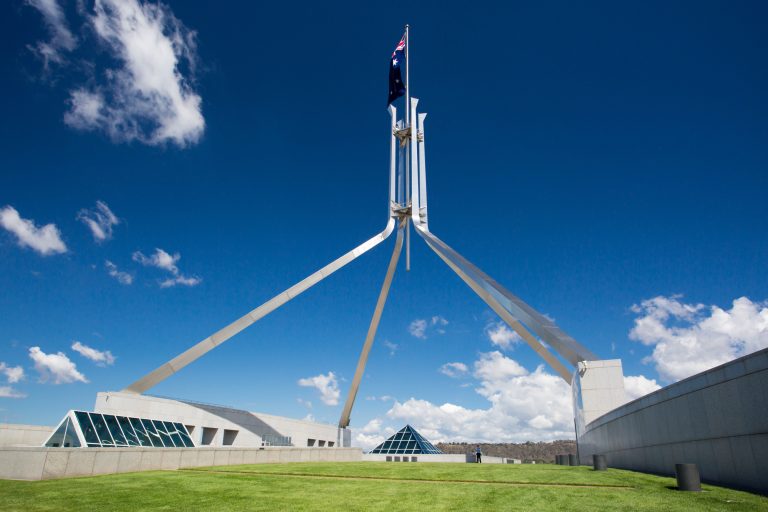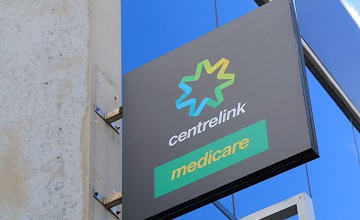Why I Stop Retirement Projections in the Early to Mid-80s (and Why It Matters)
When I run retirement projections for clients, one thing I do differently is stop the projections in the early to mid-80s—despite knowing there’s a high probability that one partner in…




